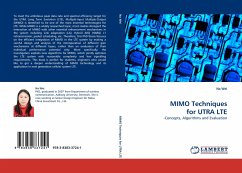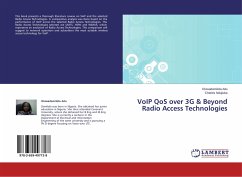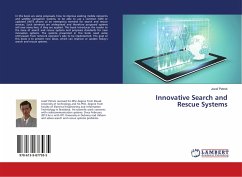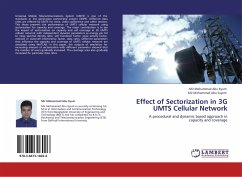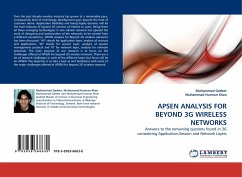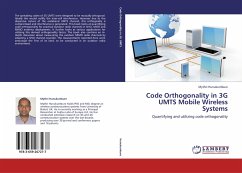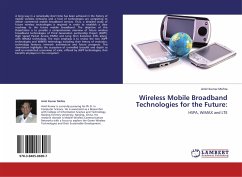To meet the ambitious peak data rate and spectral efficiency target for the UTRA Long Term Evolution (LTE), Multiple-Input Multiple-Output (MIMO) is identified to be one of the most essential technologies for LTE. While MIMO is a widely researched topic, most studies disregard the interaction of MIMO with other essential enhancement mechanisms in the system including Link adaptation (LA), Hybrid ARQ (HARQ) L1 retransmission, packet scheduling, etc. Therefore, this PhD thesis focuses on the efficient integration of MIMO in the LTE system by making a careful design and analysis of the interoperation of different gain mechanisms at different layers, rather than an evaluation of their individual performance potential only. More specifically, the investigation exploits new algorithms for MIMO, which jointly optimize the LTE system with reasonable complexity and low signalling requirements. This book is perfect for students, engineers who would like to get a deeper understanding of MIMO technology and its application in next generation cellular system LTE.
Bitte wählen Sie Ihr Anliegen aus.
Rechnungen
Retourenschein anfordern
Bestellstatus
Storno

